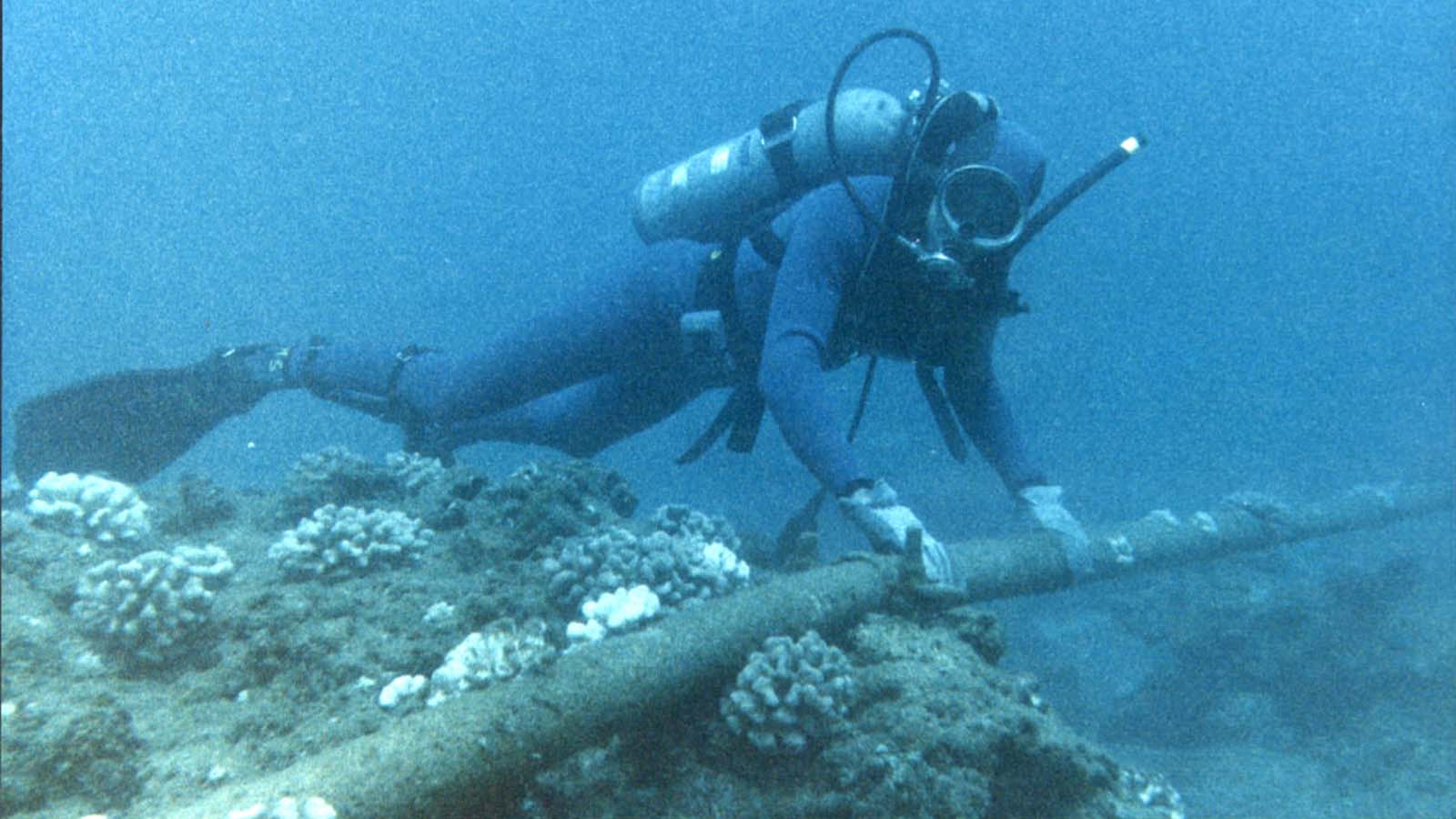The internet could go down for months the next time our sun has a tantrum
Scientists have long been worried about the effect of large solar storms in our planet’s electronic infrastructure, but a new research explores how, with notifications less than a day, strong solar storms can cut all continents from the internet for days.
Study (PDF), which was presented at the Sigcomm 2021 conference last month, came from Sangeetha Abdu Jyothi, an assistant professor at the University of California, Irvine. In it, he illustrates how vulnerable underwater cables – which are important to connect different continents to the internet that are common – is for a massive solar flare as it crashes into the earth in the 1800s and the early 1900s.
“What really made me think about this was that with a pandemic, we saw how unprepared the world. There was no protocol to deal with it effectively, and it was the same as the internet resilience,” Abdu Jyothi said before presenting his paper on the internet. Conference. “Our infrastructure is not ready for large-scale solar events. We have a very limited understanding of the level of damage.”
Obviously, solar storms do not pose a direct and direct threat to life on earth. As our colleagues on Note LiveScience, we continue to be bombarded by something known as sun breeze: a steady stream of magnetic particles directed by the earth’s magnetic field towards the pole and responsible for the aurora seen in the extreme northern and south latitude lines.
If this solar wind has a threat to life, regions rich in biodiversity will be lifeless desert.
But often, this solar wind erupts into a full solar storm during what is known as coronal mass ejection. It’s for solar wind what storms for soft summer winds, and they have the power to flood the earth’s magnetic field and lower latitude blankets with very magnetic protons in something known as a geomagnetic storm.
Again, this does not really pose a direct threat to life on the ground (we have lived through many such events in our history), but basically are extinctional level events for electronics. When the earth was hit by one of the solar storms in 1859 during the Carrington event, telegraph lines throughout the world burned and electronic machines failed, sometimes with a spark eruption.
Our electronic infrastructure resistance, from our power grid to our satellite and telecommunications equipment, has been a long concern, but Abdu Jyothi found that our local internet infrastructure would be largely spared, thanks to the use of fiber optic cables to convey information. These cables are not susceptible to solar storms by means of copper cables and electronic transformers – or such as electronic signal repeaters used to send data through submarine cables.
This is the last vulnerability that can bring havoc on our internet infrastructure, especially in the North Latitude line where many of these cables are placed.
These repeaters are found around every 30 to 90 miles (50 to 150 kilometers) along the fiberoptic cable below to maintain the power of remote signals and can be taken by solar storms, effectively cutting most of North America and Europe from wider Internet. In fact, only one of these repeaters needs to fail for the entire cables fail.
And because this will be a global event, the risk of some cables fails as well as very real, threatening to knock on large areas or even all continents from the internet for an extended period of time. While transformers on land can be replaced in a few days or weeks to recover power, placing new underwater cables can take months.
“The economic impact of internet disturbances for a day in the US is estimated to be more than $ 7 billion,” Abdu Jyothi said in the newspaper. “What if the network still doesn’t work for days or even months?”













